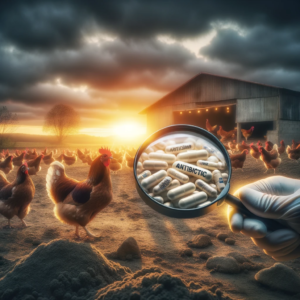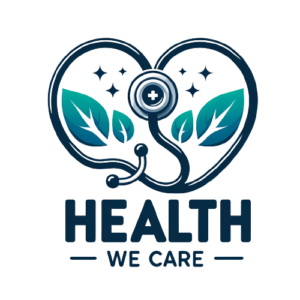We all know that meat contains antibiotics, but do you really know how bad it is for you? The world of livestock farming holds more than meets the eye. The use of antibiotics and growth hormones raising critical concerns about our health and the environment. In this blog post, we’ll delve into the lesser-known aspects of this practice, shedding light on the potential risks and implications that go beyond our dinner plates.
The Complex World of Antibiotics and Growth Hormones in Livestock Farming
The practice of using antibiotics and growth hormones in livestock farming is a huge issue that extends far beyond the barn of the farm. While antibiotics are used on animals to prevent and treat infections, growth hormones are used to boost animal growth and increase meat production. However, these practices have caused significant debates due to their potential impacts on human health, the environment, and the result of antibiotics in medicine.
Human Health Concerns: Antibiotic Resistance and Residues
One of the most pressing concerns associated with the use of antibiotics in livestock farming is the development of antibiotic-resistant bacteria. The overuse of antibiotics in animals can contribute to the emergence of drug-resistant strains of bacteria that can make their way into the human food chain. When these resistant bacteria infect humans, it becomes more challenging to treat common infections with conventional antibiotics, jeopardizing public health. Additionally, residues of antibiotics in meat products can lead to unintended exposure among consumers, potentially further contributing to antibiotic resistance.
Growth Hormones and Hormonal Disruption
Growth hormones, while intended to enhance meat production, can have unintended consequences for human consumers. These hormones, when present in meat, can potentially disrupt the delicate hormonal balance within our bodies. Research suggests that consuming meat containing growth hormones might lead to hormone-related health issues, including early onset of puberty and an increased risk of certain cancers. The long-term implications of consuming hormone-treated meat warrant serious consideration, especially for vulnerable populations like children and pregnant women.
Environmental Impact: Pollution and Resource Depletion
The use of antibiotics and growth hormones in livestock farming also has ecological repercussions. Antibiotics administered to animals can find their way into the environment through manure runoff, potentially contaminating water sources and affecting aquatic ecosystems. Moreover, the mass production of meat driven by growth hormones requires substantial resources like water, feed, and land. This intensification of production can contribute to deforestation, water scarcity, and the emission of greenhouse gases, exacerbating climate change.
The Way Forward: Sustainable and Ethical Practices
As consumers become more conscientious about their food choices, there is a growing demand for sustainable and ethical practices in livestock farming. Opting for meat from farms that prioritize responsible antibiotic use, avoid growth hormones, and provide animals with appropriate living conditions can contribute to a healthier food system. Additionally, supporting local and organic producers can encourage a shift away from industrial farming methods that rely heavily on antibiotics and growth hormones.
Conclusion
The use of antibiotics and growth hormones in livestock farming presents intricate challenges that intersect human health, the environment, and ethical considerations. While these practices aim to maximize meat production, their potential impacts on antibiotic resistance, hormone disruption, and environmental degradation cannot be ignored. By raising awareness, making informed food choices, and advocating for sustainable farming practices, we can play a pivotal role in shaping a safer and more responsible food system for ourselves and future generations. Are you ready for making a change ? If you want to be provided with more daily health content check our Instagram here ! For more blog content check out our latest creation about the effects of perfectly timing your food has on you here.

Sources
Food and Drug Administration (FDA) – Guidance for Industry: The Judicious Use of Medically Important Antimicrobial Drugs in Food-Producing Animals ( Link https://www.fda.gov/media/83490/download )
World Health Organization (WHO) – Antibiotic resistance (Link: https://www.who.int/news-room/fact-sheets/detail/antibiotic-resistance )
Centers for Disease Control and Prevention (CDC) – Antibiotic/Antimicrobial Resistance (Link: https://www.cdc.gov/drugresistance/index.html )
Environmental Working Group (EWG) – Meat Eater’s Guide to Climate Change + Health (Link: https://www.ewg.org/meateatersguide/ )
European Food Safety Authority (EFSA) – Risks for public health related to the presence of antimicrobial resistance in food (Link: https://efsa.onlinelibrary.wiley.com/doi/epdf/10.2903/j.efsa.2021.6605 )
National Institute of Environmental Health Sciences (NIEHS) – Endocrine Disruptors (Link: ww.niehs.nih.gov/health/topics/agents/endocrine/index.cfm )




